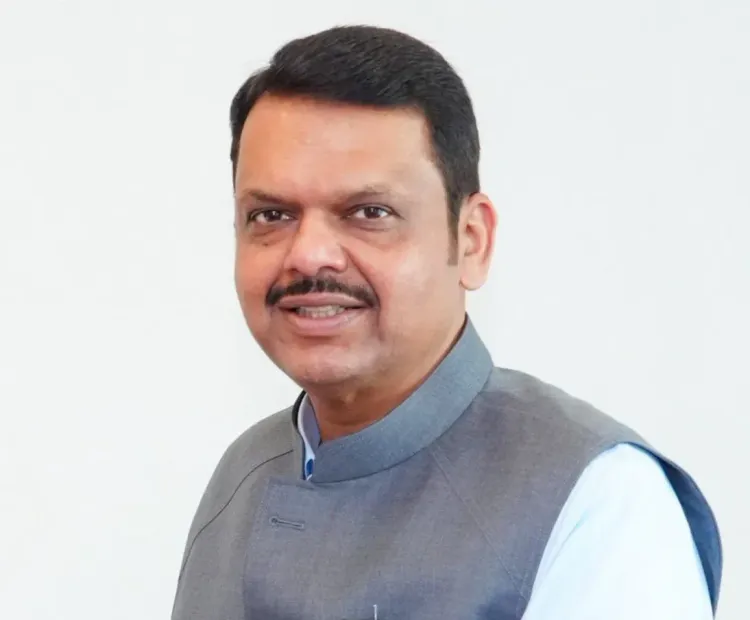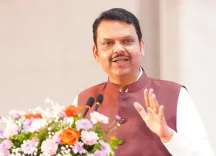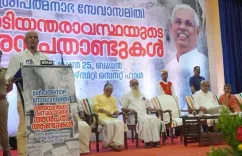Is Maharashtra Making Progress in the Fight Against Malnutrition?

Synopsis
Key Takeaways
- Decline in severe malnutrition: From 1.93% to 0.61% over two years.
- Collaborative efforts: Coordination among various state departments is vital.
- Implementation of welfare schemes: Effective execution of government programs is crucial.
- Monitoring through technology: Use of apps like NURTURE for tracking progress.
- Focus on vulnerable populations: Emphasis on children and mothers in nutritional programs.
Mumbai, June 25 (NationPress) Chief Minister Devendra Fadnavis stated on Wednesday that the state of Maharashtra is making significant strides in combating malnutrition, thanks to the collaborative efforts and coordination among various state departments and agencies.
The state government's initiatives to eliminate malnutrition in both rural and urban settings have shown positive results. Reports indicate a decline in the number of malnourished children over the past two years. Specifically, the percentage of severely malnourished children has dropped from 1.93 to 0.61 percent.
Moreover, the figure for moderately malnourished children has decreased from 5.9 to 3.11 percent, with the number of severely malnourished children halved within the last year.
The Chief Minister emphasized that Maharashtra's leadership extends to various sectors, highlighting the government's commitment to social justice and welfare schemes for all societal segments.
Fadnavis noted that the effectiveness of the ongoing initiatives aimed at eradicating malnutrition is reflected in the statistics, as the implementation of multiple schemes by both the Central and state governments for women and children has significantly contributed to this decline.
According to recent surveys on malnutrition, the total number of children assessed for weight and height as of March 2025 stands at 41,67,180 in 2023, 42,62,652 in 2024, and 48,10,302 in 2025.
The count of severely malnourished children was 80,248 (1.93 percent) as of March 2023, decreasing to 51,475 (1.21 percent) by March 2024, and further to 29,107 (0.61 percent) in March 2025. The moderately malnourished children's figures have also seen a notable drop, from 2,12,203 (5.09 percent) in March 2023 to 1,66,998 (3.92 percent) in 2024, concluding at 1,49,617 (3.11 percent) in 2025.
Fadnavis mentioned that the Integrated Child Development Service Scheme is being effectively executed via the Women and Child Development Department, providing regular supplementary nutrition to children aged 6 months to 6 years, as well as pregnant and lactating women.
The scheme includes Home Delivery Meal (THR) for children aged 6 months to 3 years and Hot Fresh Meal (HCM) for those aged 3 to 6 years.
In tribal regions, the Bharat Ratna A.P.J. Abdul Kalam Amrit Aahar Yojana offers one-time meals to pregnant and lactating women, alongside nutritional support for children aged 6 months to 6 years.
A village child development center has been established for severely malnourished (SAM) children, providing them with three meals a day and essential health services. Urban child development centers are also being set up to monitor the growth of severely malnourished children through the NURTURE app.
A task force has been constituted to address malnutrition, and actions are being taken based on their recommendations. Weekly assessments of field mechanisms are conducted to ensure effective scheme implementation, highlighting that these improvements stem from enhanced training and capacity building of field officers and Anganwadi workers and helpers.






